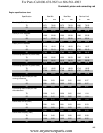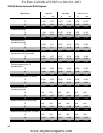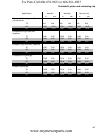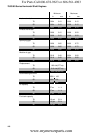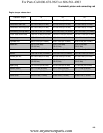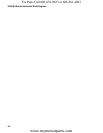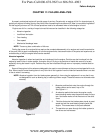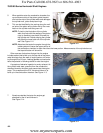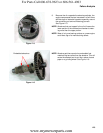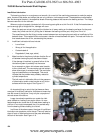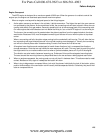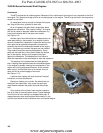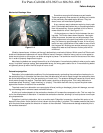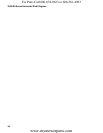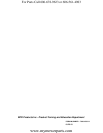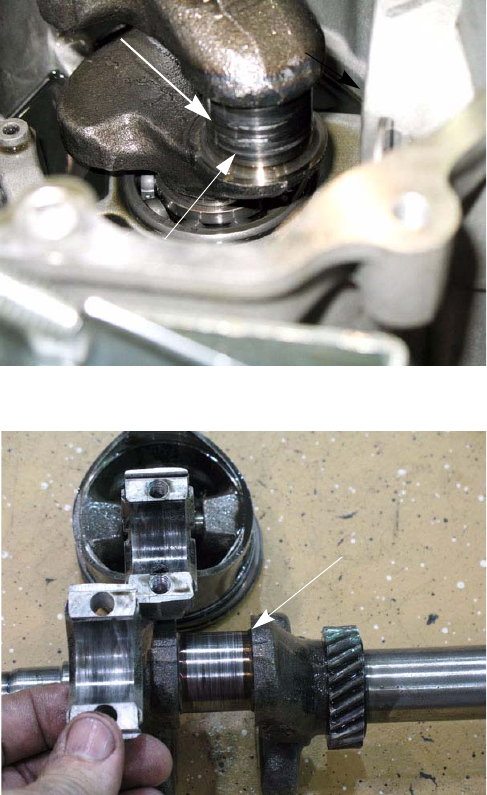
78/83/90 Series Horizontal Shaft Engines
124
Insufficient lubrication
The bearing surfaces in an engine are not smooth. As a result of the machining processes to make the engine
parts, there are little peaks and valleys that are only visible on a microscopic scale. These peaks are called asperi-
ties. As the engine breaks in, the asperities break off leaving plateaus that become the bearing surface. The valleys
become reservoirs for the lubricant.
When an engine is properly lubricated, all of the moving parts glide on a thin film of oil. If that film breaks down or
carries enough grit to bridge the film, damage will occur.
1. When the parts are at rest, they push the lubricant or oil away resting on the bearing surfaces. As the parts
rotate, they climb over the oil, pulling the oil between the bearing and the part, riding on a film of oil.
The asperities are the first thing to make contact between two moving engine parts with an insufficient oil film
between them. This creates friction and causes a transfer of metal between the parts. The heat and friction fur
-
ther breaks down the oil film, accelerating the process.
2. Insufficient lubrication failures include:
• Low oil level
• Wrong oil for the application
• Contaminated oil
• Degraded oil (heat, age, acids)
3. Metal transfer is the primary indicator that the film of
oil between two engine parts has been violated.
If the damage is localized, a general failure of the
lubrication system is probably not the cause.
As an example: a piston skirt shows metal transfer
to the cylinder wall. The connecting rod and wristpin
show some signs of excessive heat. The main bear
-
ings and camshaft are not damaged. This would
indicate that the problem was probably related to
cylinder temperature.
The hall mark of a lubrication failure is the presence
of discoloration and/or metal transfer on all friction
surfaces within the engine.
See Figure 11.7.
An important thing to note is that just because there
are signs of insufficient lubrication, that does not mean that
was the cause of the failure. It may only be a symptom of
the real cause of the failure.
Larger size abrasive particles can render the lubri-
cants ineffective, leading to an engine failure. An over-
heated engine can cause the oil to break down leading to
a failure. In an engine overspeed, the oil is pushed away
from the bearing surface leading to a failure.
In all three of the above cases, the signs of insufficient
lubrication are symptoms not the cause. There will also be
signs of heat or discoloration around the parts affected by
the lack of lubrication. See Figure 11.8.
Figure 11.7
Metal to metal
transfer
Discoloration
Figure 11.8
Discoloration
For Parts Call 606-678-9623 or 606-561-4983
www.mymowerparts.com



